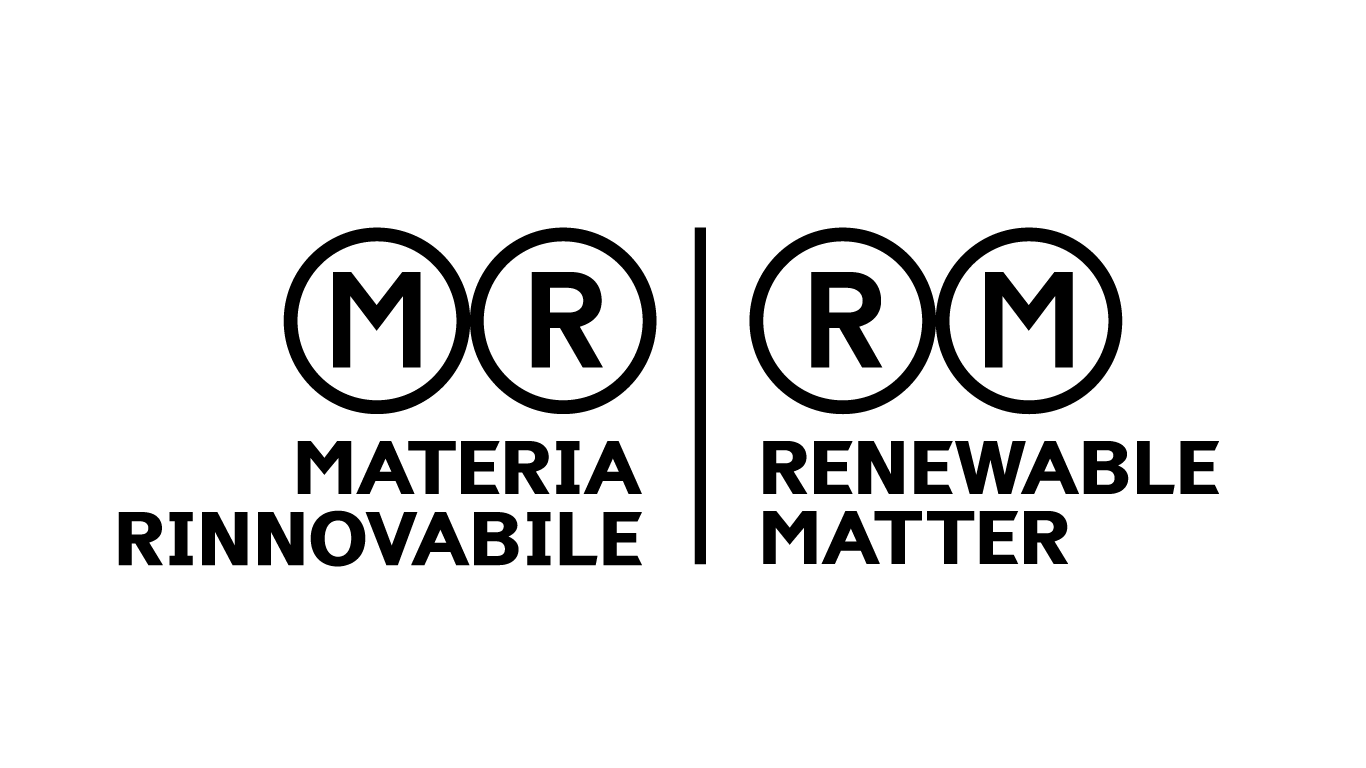This article is also available in Italian / Questo articolo è disponibile anche in iitaliano
On 27 August, during the 2025 edition of World Water Week, King Carl XVI Gustaf of Sweden awarded the prestigious Stockholm Water Prize to Günter Blöschl. Professor at TU Wien and the University of Bologna, Blöschl transformed the way we conceptualize floods through his pioneering role in the study of regional process hydrology and socio-hydrology. His research, that includes the construction of a 500-year flood database, revealed that flood behavior, their scale, and adaptation strategies are far more complex and context-dependent than previously believed.
Blöschl was described by the Stockholm Water Prize Committee as “the world’s leading flood hydrologist” and he collaborated with past laureates such as Taikan Oki and Andrea Rinaldo. Moreover, the committee noted that his observation-based studies demonstrated that the last two decades have been extraordinarily flood-prone compared to historical records. Renewable Matter spoke with him to explore the intuitions underlying his work and the lessons it offers for managing flood risks in a warming world.
Professor Blöschl, you are considered the founder of regional process hydrology and co-founder of socio-hydrology. Can you explain to our readers what these two disciplines are and when did you realize that they could open entirely new scientific fields?
Regional process hydrology focuses on understanding hydrological processes, that is, how a water drop falling on the land surface turns into runoff, and how large floods or droughts are at a regional scale. Traditionally, these processes have been studied in small hydrographic basins. However, floods and droughts occur over large regions. The challenge was transferring small-scale information into larger regions where such data is limited. Regional process hydrology studies the mechanisms of runoff generation, floods, and droughts not just locally, but across entire continents. It is not limited to examining flood maps but at the mechanisms, the causes and effects. For example, what happens if rainfall patterns change?
And what about socio-hydrology?
When hydrologists study the water cycle, they typically start by examining pristine basins, that is, areas without human influence. Most textbooks devote many pages to analyzing what happens in untouched catchments. But I’ve never encountered a basin not influenced by humans. Then, the idea was: why not study humans as an integral part of the hydrological cycle from the outset? After a European Geosciences Union conference in Wien about 15 years ago, some friends and I gathered in a café. The idea emerged that evening: humans should be included in the study of the water cycle. We immediately realized that a new idea without a name is very hard to communicate. Naming a concept is essential, much like physicists did when they coined the term “entropy.” Thus that evening we created the term socio-hydrology. A year later, we published a paper in Hydrological Processes outlining the idea that humans should not be considered as an add-on to the water cycle but as an intrinsic component, like snowmelt or evaporation. Humans have their own dynamics and, in a way, are a part of nature. This significantly changed the way we approach the study of water.
And how has socio-hydrology evolved over the last years?
I should mention one of my colleagues who played a major role in this, Murugesu Sivapalan from the University of Illinois, Urbana-Champaign. He was the first author of that paper, and I was the second. Initially, some people really liked the idea and said this was the way forward. Others were skeptical. At first, there was no agreement on whether this was the right approach. Many asked, “How can you quantify human behavior with differential equations?” My response was: “economists have been doing this for 150 years. Why can’t we apply the same logic in hydrology?” Of course, economic models are not always precise. But they can predict many things. By including humans as part of the water cycle in a socio-hydrology framework, we can examine the interactions between humans and hydrology. Some of these interactions are significant and relatively predictable. One example is the levee effect.
What is it?
Take the Paraná River as an example since it is characterized by a marked levee effect. People build levees which constrain the river. As water levels rise, floods become more likely and this prompts higher levees to be built again. This illustrates the interplay between human action - the construction of levees - and hydrology, which determines flood levels. Using the traditional approach, that includes humans after studying the river, you would not capture these effects. The same applies to droughts and other water management processes. Of course, we cannot predict everything. But that doesn’t disqualify the approach. While we cannot predict every outcome, there are many things we can anticipate, particularly to improve water management beyond a purely local perspective. Often, water management focuses on a single city or region, treating each problem as unique. But, just as in medicine, we can learn from one case and apply insights elsewhere. That is also what regional process hydrology does: understanding mechanisms, cause and effect, and comparing different places.
Talking instead about technology, how did the construction of a 500-year flood database change our ability to understand and anticipate hydrological risk?
The study using the 500-year flood database was part of an ERC Advanced Grant I received 10–12 years ago. We compiled flood records from more than 100 sites across Europe, creating a highly consistent, high-precision database. This included estimates of water levels derived from written texts, archival information, and exact dates – information that is often missing in other databases. This allowed us to connect different sites, which is unusual, as most studies focus on one or two sites. Thanks to precision and dating, we could determine whether floods were the same event across locations or separate events. We identified major flood periods in Europe over the last 500 years. In Central Europe, this corresponded to the Little Ice Age, between the 17th and 18th centuries. Interestingly, despite colder temperatures - two to four degrees colder than usual - flooding was more frequent and severe. This contradicts the common assumption that warmer temperatures lead to more floods. Today, Europe is about two degrees warmer, and floods are indeed increasing, but the relationship between temperature and flooding is more complex than a simple correlation. A recent study we published in Nature reinforces this point. It focuses on the last 50 years of flooding in Europe, that benefit from the best hydrological database in the world. The findings highlight that flood behavior varies according to the basin size. Small catchments, such as little streams covering a few hectares, behave differently from large rivers with basins of thousands of square kilometers. We should not mix these two types of events, because the mechanisms are distinct.
Your work helped reshaping flood management policies in countries such as Austria and Germany and inspired new global standards. What are the key lessons for policymakers?
The standards we’re talking about are technical standards, methods for estimating floods with precision. For instance, take a community building flood protection or a hydropower company constructing a dam. For all these projects, we need a relevant flood water level, usually expressed as a return period: a 100-year flood, a 1,000-year flood, or even a 5,000-year flood. Different structures or measures require different return periods to guarantee safety. Estimating these floods models is not easy, but it is extremely important. If the estimate is too low, a dam or levee could fail, causing flooding. If the estimate is too high, the project becomes unnecessarily expensive. There is a trade-off. Traditionally, engineers relied on statistical approaches, observing water levels over 20 or 30 years and fitting a distribution. This can work for common floods with short return periods but fails to deal with extreme events. It also assumes no changes in climate or land use, which is no longer realistic.
What is your message to flood managers then?
Do not rely solely on statistics. Statistics are useful but not sufficient. You also need to understand the processes. This brings us back to regional process hydrology. The most common reason for dam failure is not about construction or geotechnical problems, but it is about an inappropriate flood design value. Therefore, it is essential to combine statistics with hydrology: understanding mechanisms, rainfall changes, land use impacts, and historical comparisons. This extends information both in space and time, grounded in causality and process understanding. Of course, this approach is more expensive. A statistical distribution can be calculated in an afternoon, whereas a detailed process study may take a year. People often try to take shortcuts, but they shouldn’t. When designing an airplane or a car, engineers use the best technology available to ensure safety and efficiency. Water engineering should follow the same principle.
You recently said that behind every flood forecast is a community, a home, a life. How do you live personally with the responsibility of a job that can save lives?
This is an important question. Among other things, I am responsible for the oversight of flood safety in all large dams in Austria. I am not the planner, nor the administrative authority – that is the ministry – but I am the expert who ultimately certifies whether a dam is safe when I review and oversee its construction. That is a significant responsibility. Personally, I engage with this both as a citizen and as an engineer. All professions carry responsibilities: journalists, medical doctors, lawyers, engineers. We are ethically obligated to act in ways that protect society. In engineering, we have a code of conduct, often referred to as the “state of the art”. If we conform to this standard, we are protected. If a disaster occurs despite following these standards, it is considered force majeure. But if we act outside the accepted standards, there are legal consequences. This framework is essential for protecting society against professional misconduct. I am acutely aware of my responsibility and take it very seriously. We must do our best to save lives and minimize damage, and this ethical commitment guides all my work.
Cover: Günter Blöschl © World Water Week via Flickr



